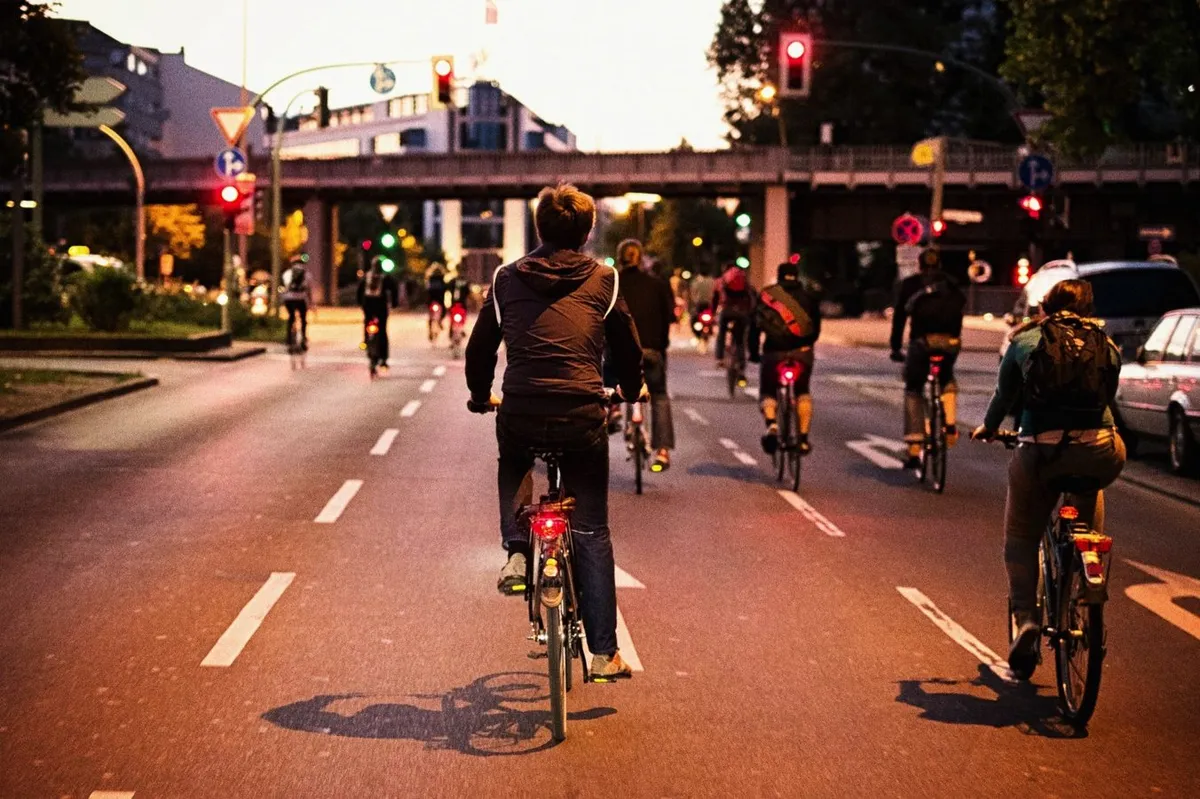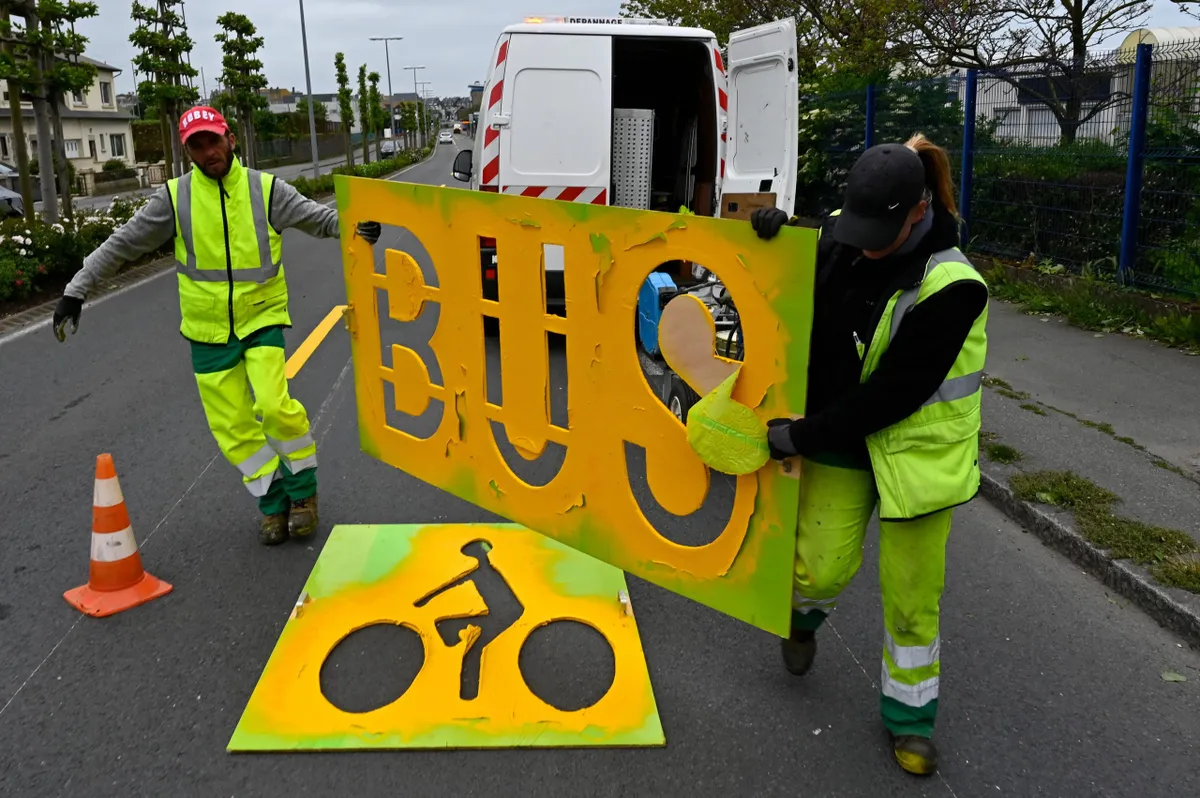On Saturday, transport minister Grant Shapps told the nation, in a live televised broadcast, that cycling and walking are about to become a much bigger part of our lives.
Shapps’ announcement followed Boris Johnson’s heralding of a “golden age for cycling” earlier in the week and came ahead of the prime minister announcing the first phases of the coronavirus exit strategy on Sunday.
But is this really the start of a new era for cycling in the United Kingdom?
New guidance will help councils provide safe space for active travel immediately, if they choose to. Long term, funding promised in the announcement will make or break the UK’s pledge to boost active travel.
For those of us who already understand the joys of cycling, whether new riders in the honeymoon period or old hands, this is undoubtedly good news – and for those who would like to cycle, but who don’t currently ride regularly, it’s perhaps even better news.
Just shy of half of commutes are 3.1 miles or less, so cycling is a viable option for many work trips. Even more commutes can be made by bike – up to one in four – when you include electric bikes.
Cycling offers a greener, healthier alternative to the congestion and pollution that driving brings, while maintaining social distancing and easing pressure on the public transport system.
Shapps laid out plans for a £250m emergency fund for councils to spend now on initiatives such as pop-up bike lanes and widened pavements, as well as giving councils fast-tracked powers to close streets to through traffic.

However, let’s be clear this is not new money, but part of a £2bn cycling fund originally announced in February.
What’s significant, and unprecedented in the UK, is the use of language.
Shapps says: “Government expects local authorities to make significant changes to their road layouts to give more space to cyclists and pedestrians”.
This is backed up by new statutory guidance advising that councils in areas with high public transport levels should reallocate road space, including restrictions on traffic on residential streets, around schools and on high streets, as well as introducing 20mph zones – or give good reasons why not.
This is not new money, but part of a £2bn cycling fund originally announced in February. What’s significant, and unprecedented in the UK, is the use of language.
If they ignore that, they could be in breach of the guidance.
£2bn is not a huge amount of money in transport terms – it’s also spread over five years, or £350m a year – but temporary infrastructure, such as planters and bollards to close streets, and plastic wands for bike lanes, can be done on the cheap.
Some councils have already installed pop-up cycle lanes, targeting ‘key worker corridors’ in Leicester, and shopping streets in Manchester, for example. Ultimately, the announcement is good news for councils who wanted to follow suit but were afraid to, and there’s a lot in that category. Government is now telling them to do so.
If you build it, they will come

The hardest bit about cycling infrastructure is establishing it in the first place. When people experience streets that prioritise cycling and walking they tend to like them and want to keep them – and business revenues on those streets rise, to reflect that.
If cafes and restaurants start to open from July, as is being suggested, they’ll need extra street space for outdoor seating to help customers socially distance. Councils that reallocate road space will also be helping those businesses, and the health of residents.
In the medium term, many will return to work as the coronavirus crisis eases. Guidance says councils should look at establishing bus and bike corridors into city and town centres, but avoid using paint alone for cycling because it doesn’t protect people.
Long-term, and beyond the need for quick fixes and emergency measures, councils will eventually consult on the changes, asking people if they want to formalise temporary space and potentially expand cycling networks to fill any gaps.
The latest government announcement specifically mentioned councils that have local cycling and walking infrastructure plans (LCWIPs) – wish lists of active travel routes with schemes – and the opportunity to roll them out. All of this will need money, though.
Funding will need to be significant if the government wants to meet its target to double cycling from 2015 levels – two per cent of all trips – to four per cent by 2025
Happily, the announcement included a pledge for long-term funding; that will need to be significant if the government wants to meet its target to double cycling from 2015 levels – two per cent of all trips – to four per cent by 2025.
At present it will only meet a third of that target.
The Walking and Cycling Alliance – a network of active travel organisations – says £5 to 6bn is needed over the next five years to achieve that. Councils will need to increase their capacity to deliver this stuff, too. Many have little or no experience, or staff, delivering decent cycling infrastructure.
Despite this, another piece of good news from the weekend’s announcement is the creation of a new national active travel commissioner, along with new cycling infrastructure design standards and an inspectorate, presumably to advise councils and ensure money only goes to schemes that meet quality standards. Much of this was already in the pipeline, but it’s being rolled out early.
The bottom line is, if you want to press your local authority to provide for growing numbers of people cycling, which is up by 70 per cent in some areas, now is the time.
Inevitably, as the coronavirus lockdown has lengthened, traffic levels have risen, and if people are to cycle on busier roads then protection from motor traffic is essential. Most, understandably, won’t tolerate cycling on busy roads, not least with children.
What the announcement hasn’t addressed is what happens in rural areas, where public transport is low. That could, and should, be addressed as part of the long-term active travel budget, with local councils’ LCWIPs.
For now, the £2bn and latest guidance is a good start. It’s sending a clear message to councils to treat cycling and walking as serious forms of transport, and to make space on the roads.
If we are to truly enter a golden age for cycling, this should just be the start.
